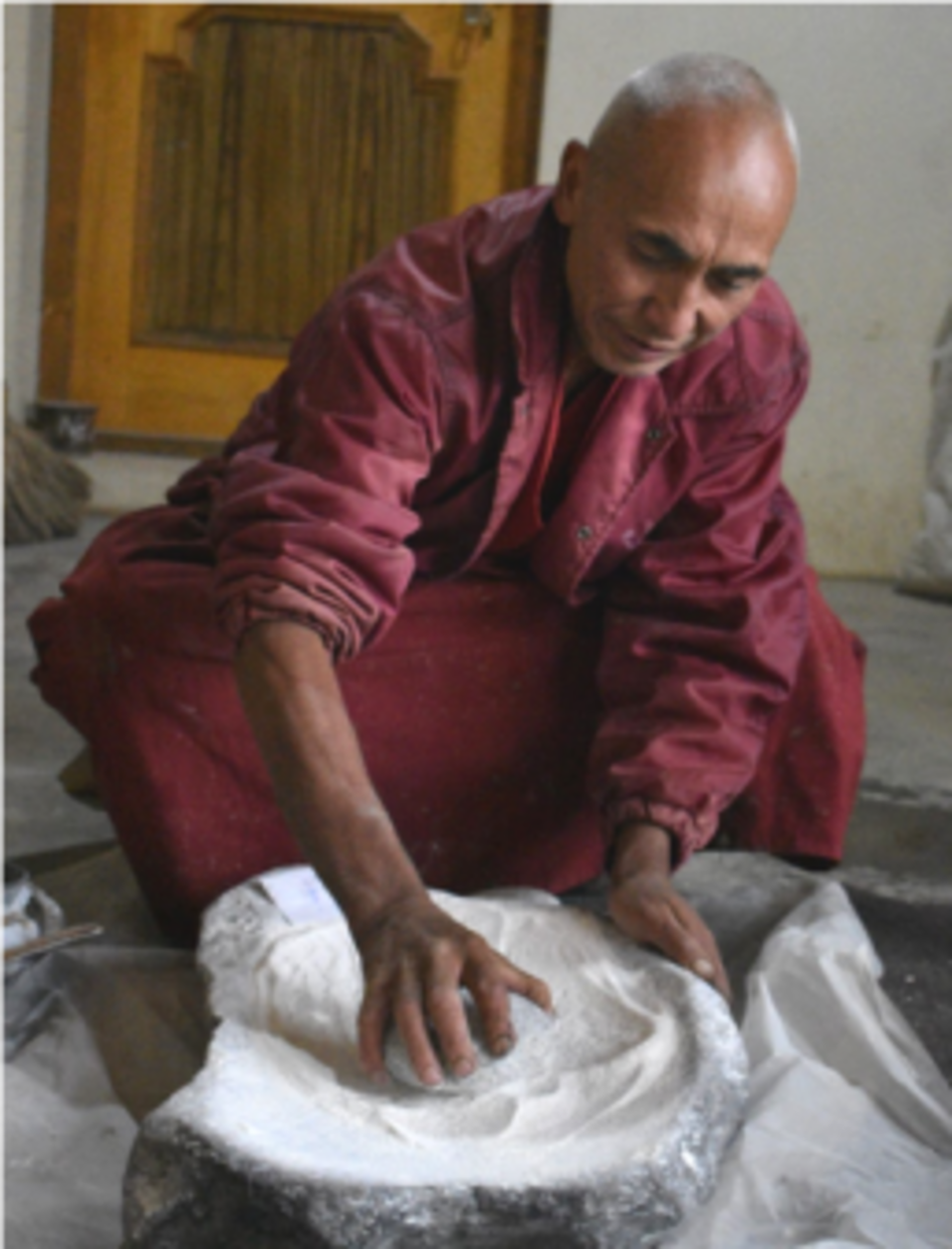Staff:
- Calum Blaikie (affiliated researcher)
- Tawni Lynn Tidwell (affiliated researcher)
- Jan van der Valk
The project is paused from July 25, 2020 to January 24, 2022.
Potent substances are used in surprisingly similar ways in both Sowa Rigpa (Tibetan for ‘the science of healing’) and in Buddhist ritual: they can be processed into multi-compound pills, consecrated, and ingested as powerful healing substances. This suggests a fascinating yet underexplored overlap between Tibetan medical and ritual practices, based on their entangled histories and the potency of materials. In this project we explore for the first time how specific (largely herbal and mineral) substances are considered potent and why. Based on Tim Ingold’s theoretical approach on ‘substances-in-becoming,’ which proposes skillfully working with the properties of materials as a source of their agency and power, we will test the following hypothesis: Both medical and ritual practitioners approach substances as carriers of potency, which must be actualised and enhanced through skilful intervention (e.g. processing and/or consecration) in order to become suitably active. Potency thus emerges in fields of practice as substances are transformed, becoming enmeshed in human-centred lifeworlds.
Our particular focus is on the interrelationship of potency with substances in the context of medicine making and medicine-related rituals, which include the empowerment of substances with blessings (sman sgrub). Medicine and ritual constitute interrelated areas of expertise in the Tibetan ‘cultural sciences’ (rig gnas), where ‘Buddhism’ (nang don rig pa) and ‘Medicine’ (gso ba rig pa) form a hitherto underestimated nexus of entanglements between practitioners, lineages, materials and texts. Medico-ritual activities involving substances are called choga (cho ga): things that simply need to be done. This can refer to transforming ordinary food ingredients (e.g. tsampa) and powerful spiritual materials into consecrated pills, as well as compounding and processing largely herbs and minerals into medicines in (often ritualised) medical settings.
In the Tibetan language, complex notions of potency or capacity are often found under the umbrella term nüpa (nus pa). We will explore if, where and exactly how nüpa appears as a central and unifying concept of potency, around which other terms and classifications are then established. Secondly, we will investigate what counts as a substance, which in Tibetan is called dzé (rdzas). What is the nature of dzé and how does it relate to nüpa in medico-ritual contexts? Where do textual definitions and practices differ, and where do they overlap?
The main objective of our project is to provide a more nuanced and emic understanding of potency that is informed by both textual analysis and actual practice, in and beyond anthropology.

